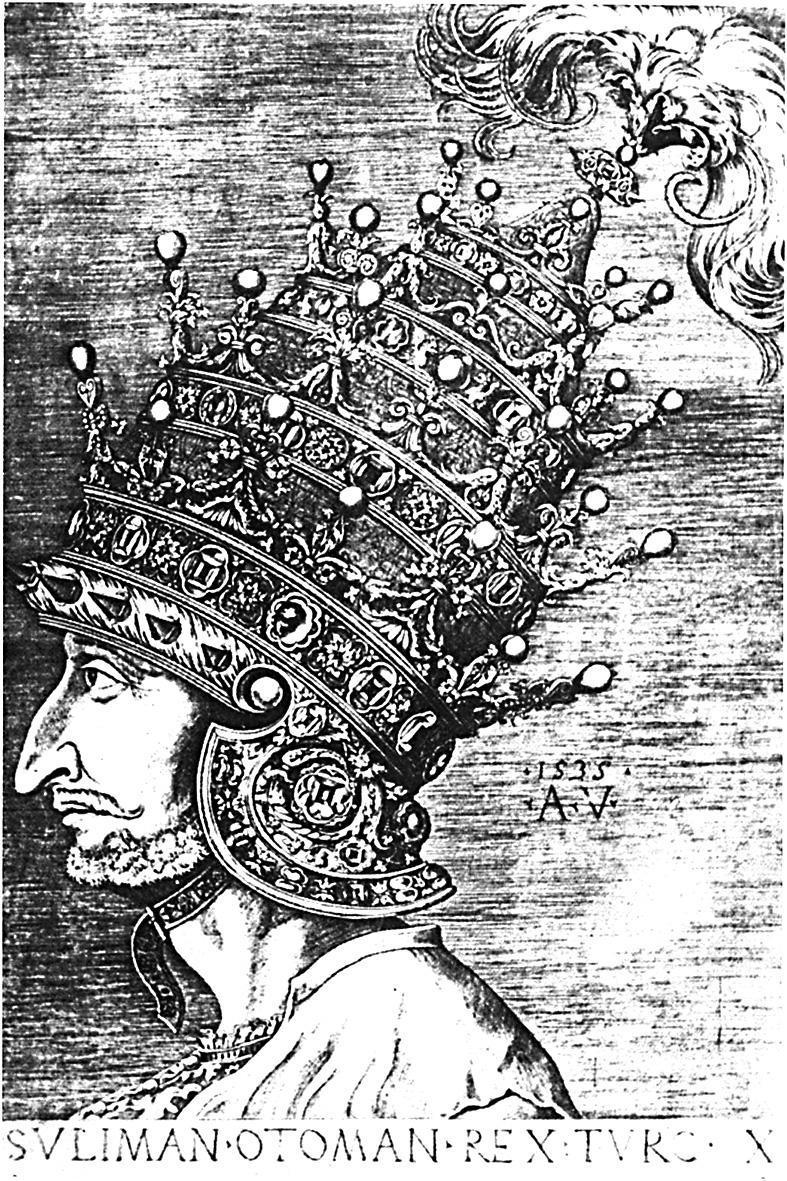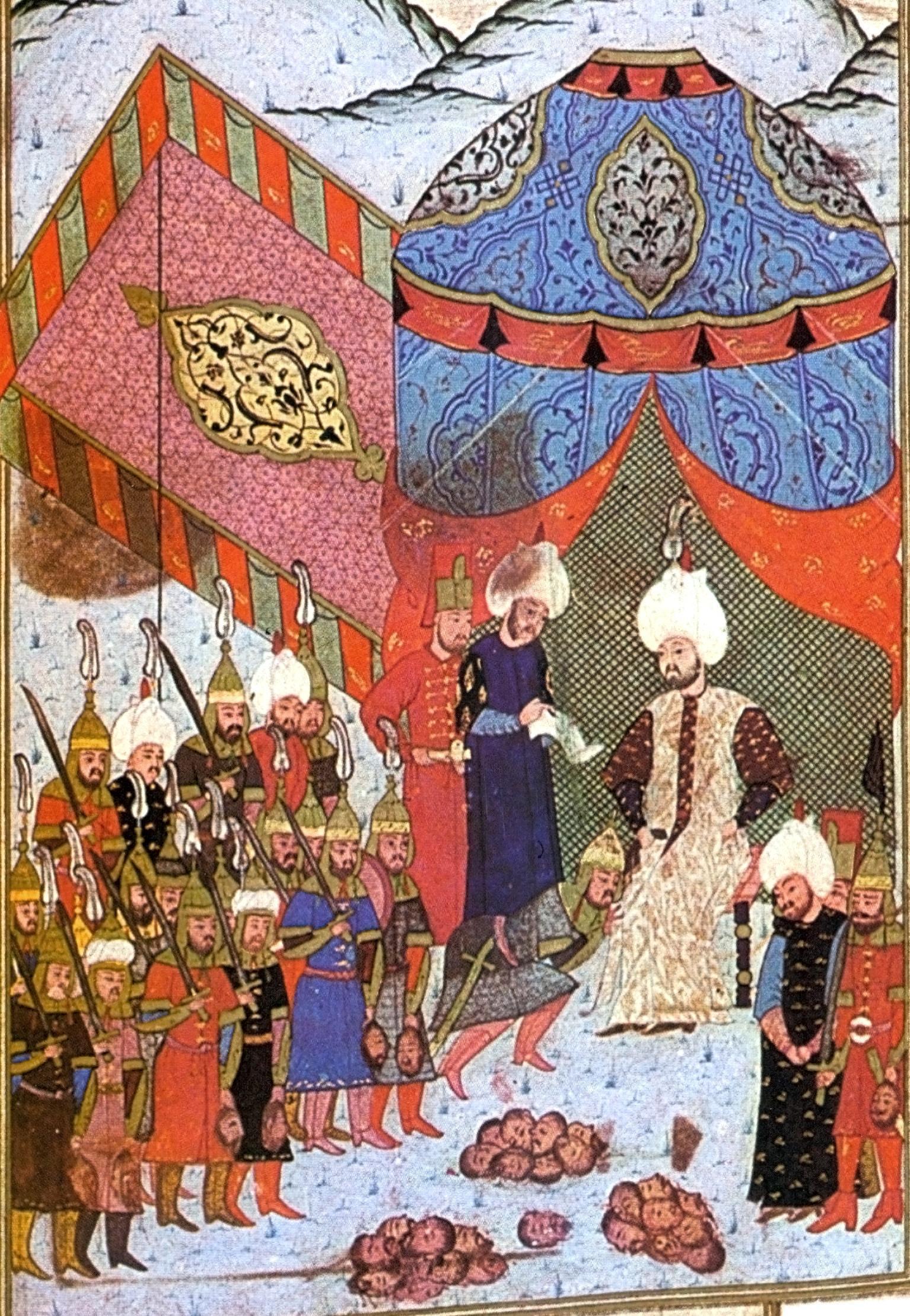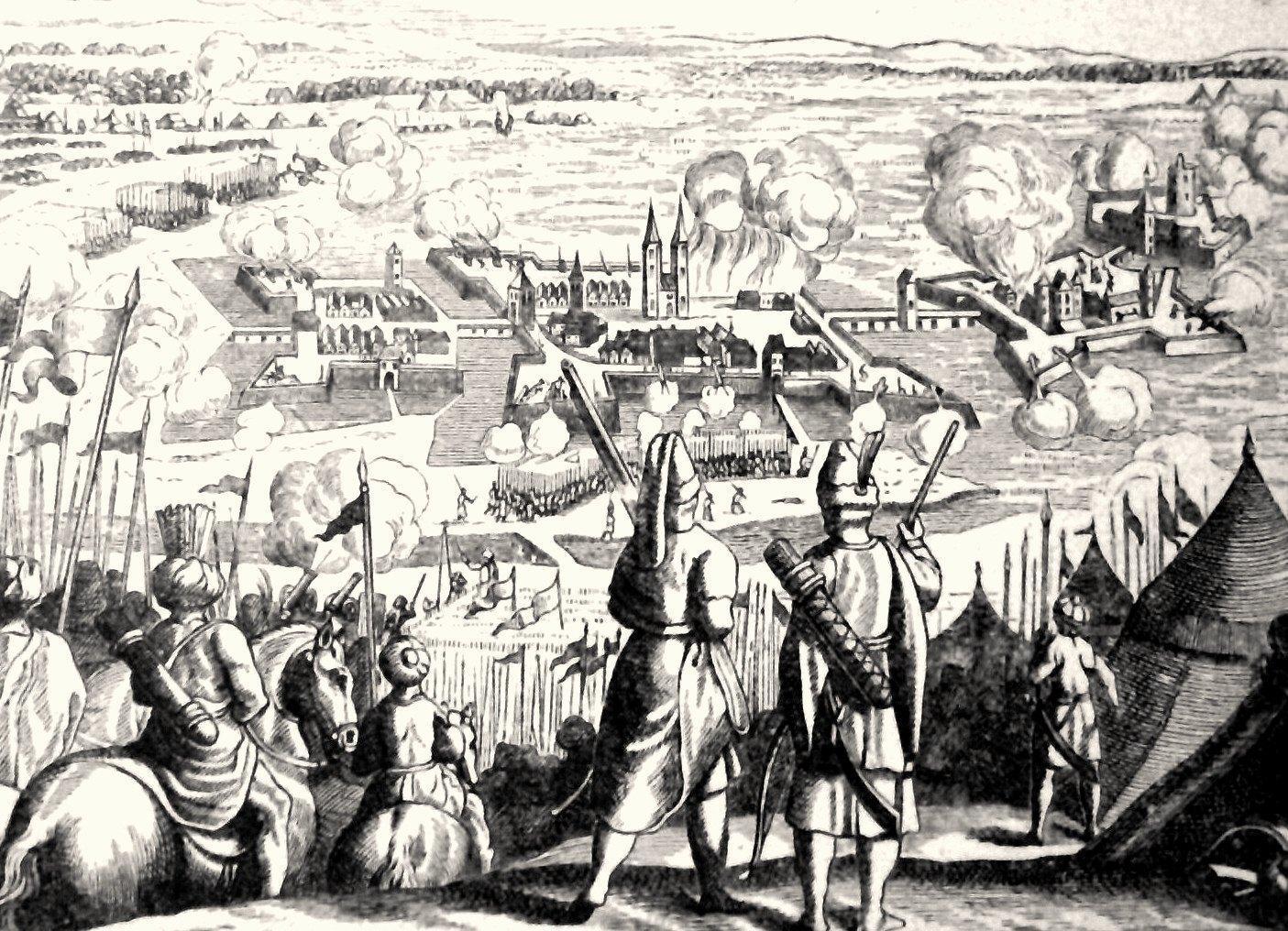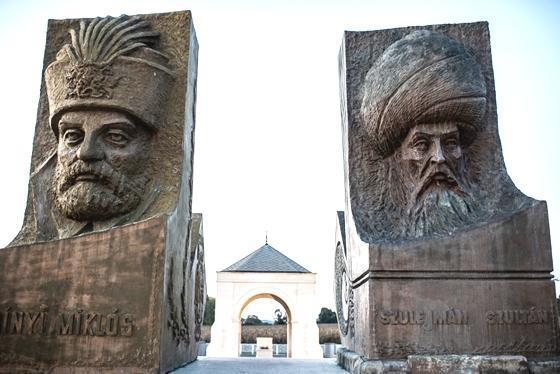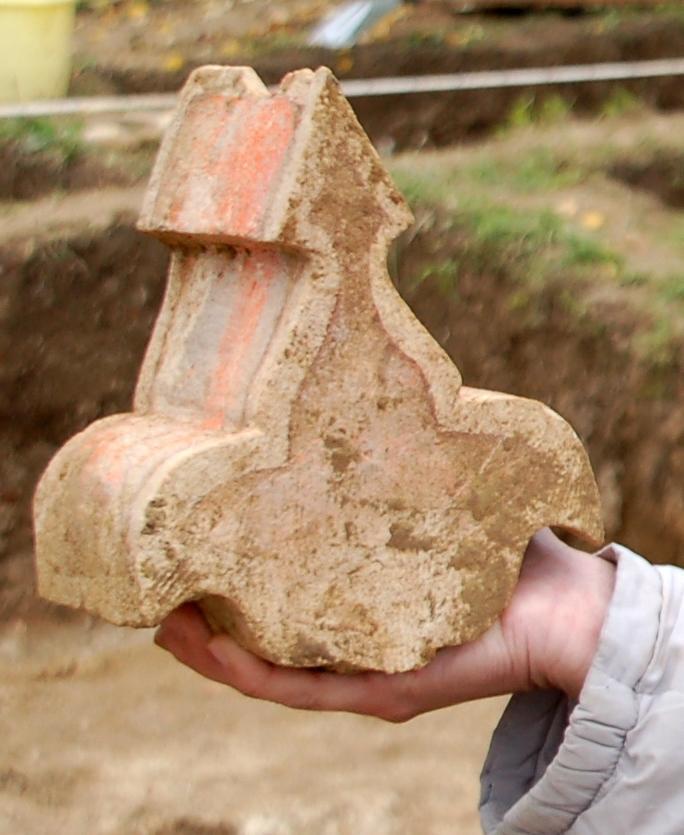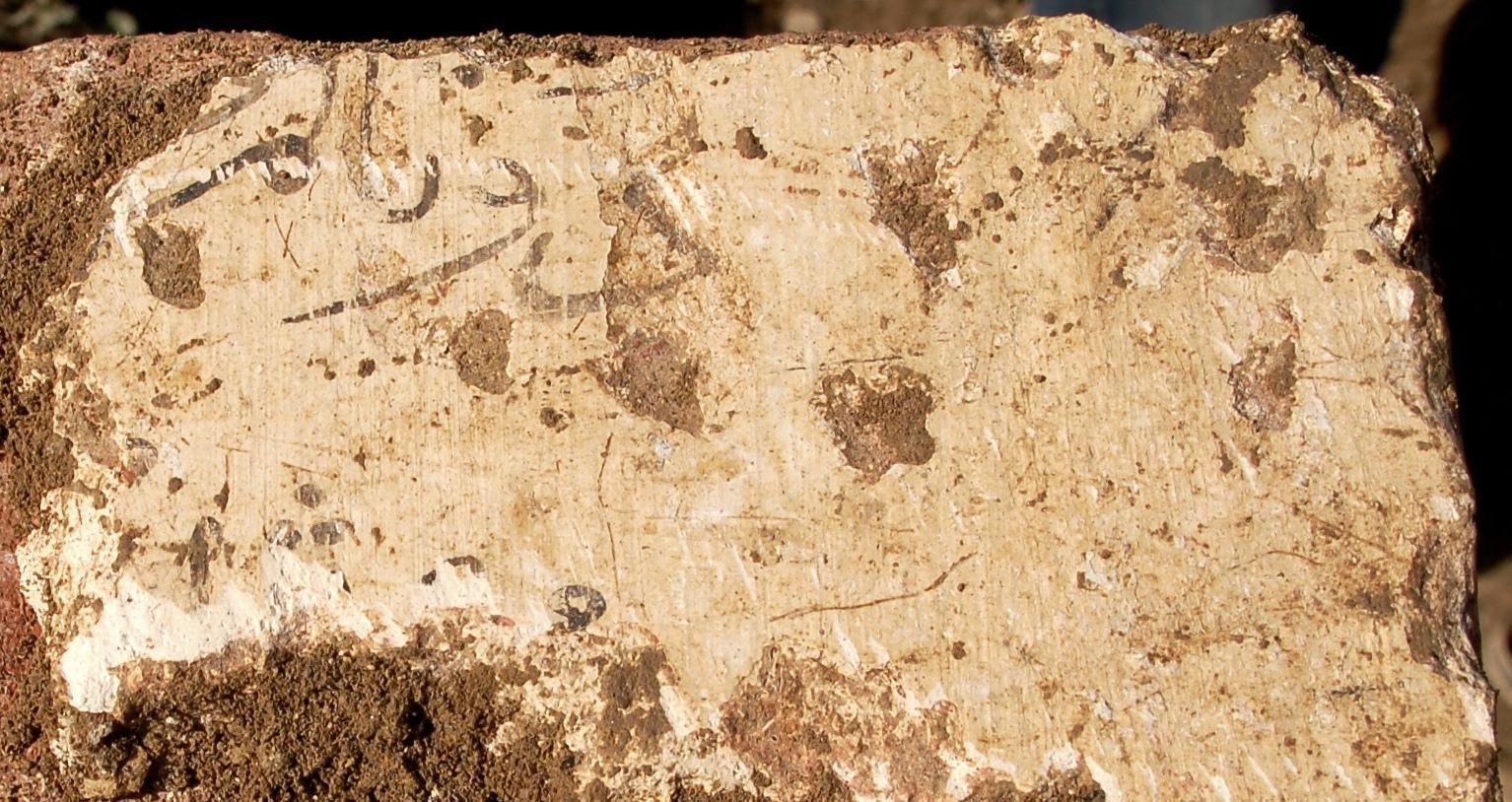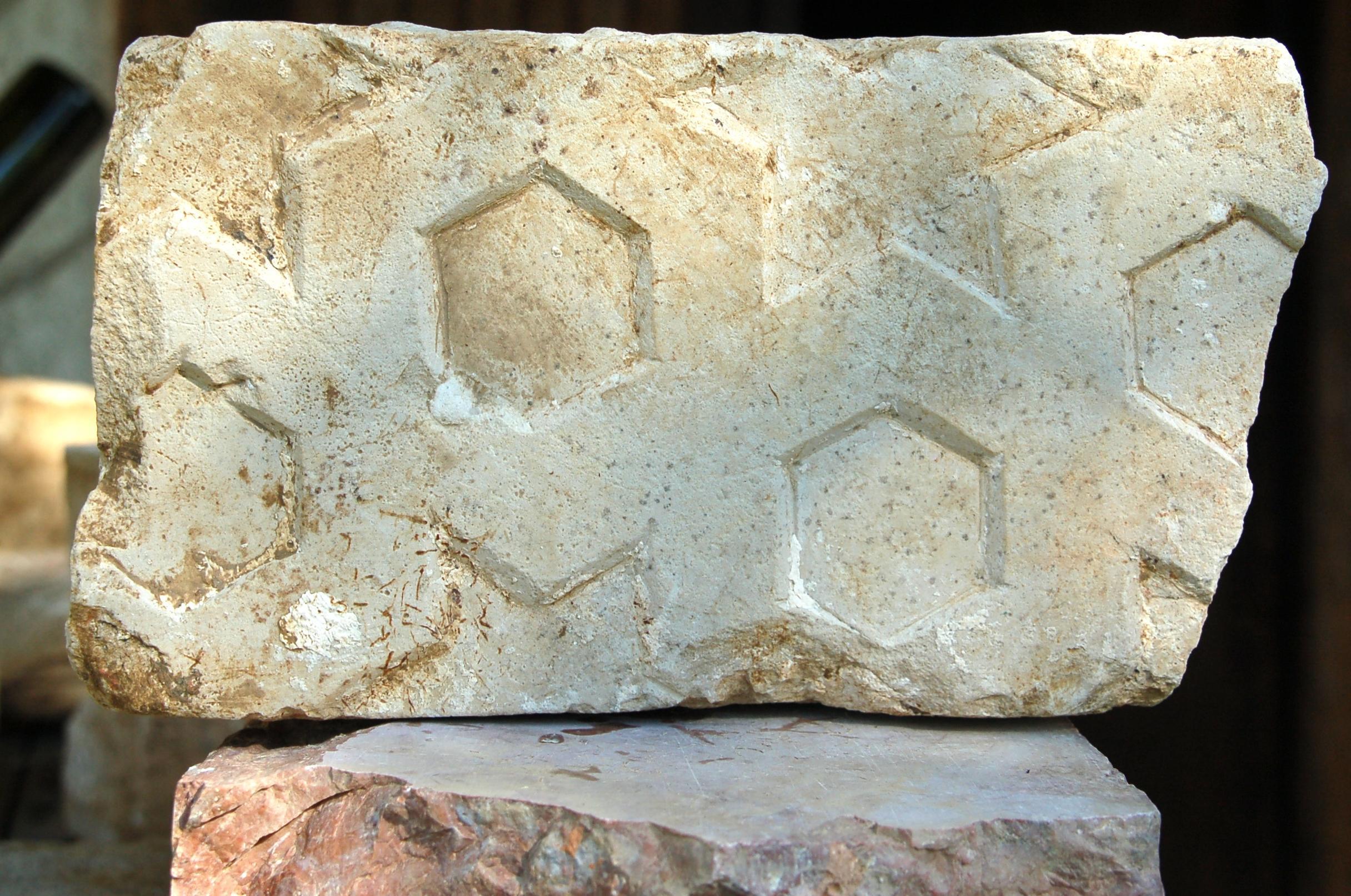End of ‘Magnificent Century’ could spell start for tourism
ÖZGEN ACAR

An interesting memorial ceremony was held on Sept. 7 in the Hungarian city of Szigetvar with the participation of Turkish, Hungarian and Croatian officials, as well as thousands of visitors.The Ottomans seized Szigetvar Castle 450 years ago on Sept. 7 but the head of the army, Süleyman the Magnificent (known in Turkish as Kanuni Sultan Süleyman), was not able to witness the success, having died the day previously.
 A gravure of Süleyman the Magnificent
A gravure of Süleyman the Magnificent
In this place over the Danube River, meaning “Sziget (island) var (city)” in Hungarian, Grand Vizier Sokullu Mehmet Pasha concealed Süleyman’s death from the army. He dressed up the sultan’s dead body and placed him on his throne in a way to greet the parading Janissary after the fall of the castle.
Later on, he had his body embalmed in his tent for transportation to Istanbul. To prevent any bad odor, the sultan’s heart and inner organs were removed and buried there. His coffin was carried to Istanbul accompanied by 400 janissaries under the command of Ahmet Paşa and buried in an octagonal tomb built by the architect Sinan in Süleymaniye Mosque.
 Süleyman the Magnificent in Szigetvar
Süleyman the Magnificent in Szigetvar In the place where the sultan’s heart was buried, his son Selim II constructed a tomb and mosque in 1573. The Hungarians named the place “Turbek,” but it collapsed in 1693 after falling into the hands of the Austrian Habsburg Dynasty. Hungarians have erected the monumental statues of the commander Miklos Zrinyi, who defended the castle, and Süleyman in the region next to each other in recent years.
A statement reading “The heart and inner organs of Kanuni Sultan Süleyman are buried in this place and a monument was erected. Rest in peace,” was hung in the Szüz Maria Church, which was built near the tomb.
Turkish and Hungarian experts, however, failed to locate the sultan’s tomb in the church. But 12 experts, headed by Pecs University Geography Professor Norbert Pap, conducted research in the Vatican, Venice, Budapest and Istanbul archives with the aim of finding the possible location of the tomb.
 A gravure from the siege of Szigetvar
A gravure from the siege of Szigetvar The Turkish Cooperation and Coordination Agency (TİKA) gave financial support to research and facilitated collaboration between Turkish and Hungarian officials to locate the tomb. After excavations were conducted on 18 locations in the region, geophysical research was conducted with contributions from TİKA, providing some interesting results.
“The ruins of the Turbek were unearthed along with the walls of a mosque, a grave and the ruins of a lodge, silver coins, cloth, ceramic, glass and metal pieces,” said Pap. “We did not search for Kanuni’s internal organs but the place where they were buried,” he added.
 The monumental statues of Miklos Zrinyi and Süleyman the Magnificent
The monumental statues of Miklos Zrinyi and Süleyman the MagnificentA six-angled star that was found provided some hope. One of the participants in the works, Professor Ali Uzay Peker, said the star was in the tomb of Kanuni in Istanbul as well as in the horse carriage that carried his body, and meant “Mühr-i Süleyman” symbolizing the seal of the Prophet Solomon. He said the sultan also used this star.
During this year’s works in June and July, they found the ruins of a lodge and a mosque next to the tomb, Peker said. “The place of Kanuni’s tomb has definitely been discovered.”
 An artifact from the grave
An artifact from the grave “In terms of both the building material and building shape, we obtained a hundred percent definite result,” said Deputy Prime Minister Veysi Kaynak, who attended the ceremony. “TİKA financed the project. Hungarian scientists also joined the work, too. This is an important gain both for us and the history of Hungary.”
“The youth of Szigetvar migrates because of poverty in the region,” Pap said. “Kanuni’s tomb may draw tourists to the region; the economy may be revived. There are a few hotels in the district, which has a population of 100,000. New hotels may be built for tourism.”
 An Ottoman inscription
An Ottoman inscription Szigetvar Mayor Peter Vass said he hoped that visitor numbers to Szigetvar, which is now 25,000, might double, and a field close to the castle has been reserved for the construction of three hotels.
Hungarian officials are hopeful of a growth in tourists both because the tomb of the sultan’s wife, Ukrainian-born Hürrem Sultan, which is located in the garden of the Süleymaniye Mosque, is visited by Ukrainian tourists and because thousands of tourists visit the tomb for the internal organs of Sultan Murat I, who died during the Battle of Kosovo in 1389, just outside Prishtina.
 The six-angled star
The six-angled star“Lots of tourists are expected to visit Szigetvar,” said Turkey’s ambassador to Budapest, Şakir Fallı.
Turkish television viewers, who are under the effect of the TV series “The Magnificent Century,” may want to see this place where the “Magnificent Century ended.”
Who is Özgen Acar?
While studying political science, Acar started writing for daily Cumhuriyet in 1960. He worked as a parliamentary, economy and foreign policy reporter for the newspaper. He became the Turkey representative for the Reuters News Agency in 1972. He later worked as the Athens and New York representative for daily Milliyet before returning to Cumhuriyet, where he was chief editor from 1992 to 1994.
He ensured the repatriation to Turkey of some smuggled cultural heritages such as the “Karun Treasure,” “Elmalı Treasure,” “Weary Heracles” and “Marsyas” sculptures, as well as the “Çelenkli Tomb.”
Along with various professional awards, he has received an honorary doctorate from Boğaziçi University and a special service award from Middle East Technical University. In addition to awards from Greece and Portugal, he has received the Order of Knighthood from Italy.
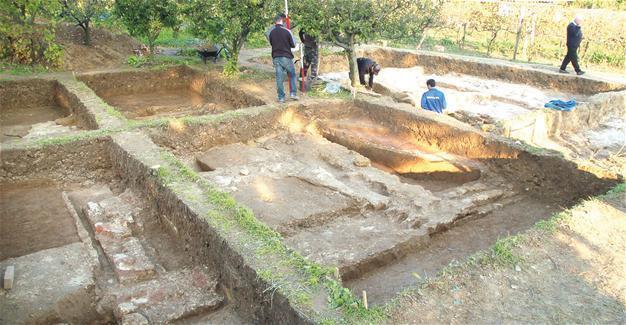 An interesting memorial ceremony was held on Sept. 7 in the Hungarian city of Szigetvar with the participation of Turkish, Hungarian and Croatian officials, as well as thousands of visitors.The Ottomans seized Szigetvar Castle 450 years ago on Sept. 7 but the head of the army, Süleyman the Magnificent (known in Turkish as Kanuni Sultan Süleyman), was not able to witness the success, having died the day previously.
An interesting memorial ceremony was held on Sept. 7 in the Hungarian city of Szigetvar with the participation of Turkish, Hungarian and Croatian officials, as well as thousands of visitors.The Ottomans seized Szigetvar Castle 450 years ago on Sept. 7 but the head of the army, Süleyman the Magnificent (known in Turkish as Kanuni Sultan Süleyman), was not able to witness the success, having died the day previously.